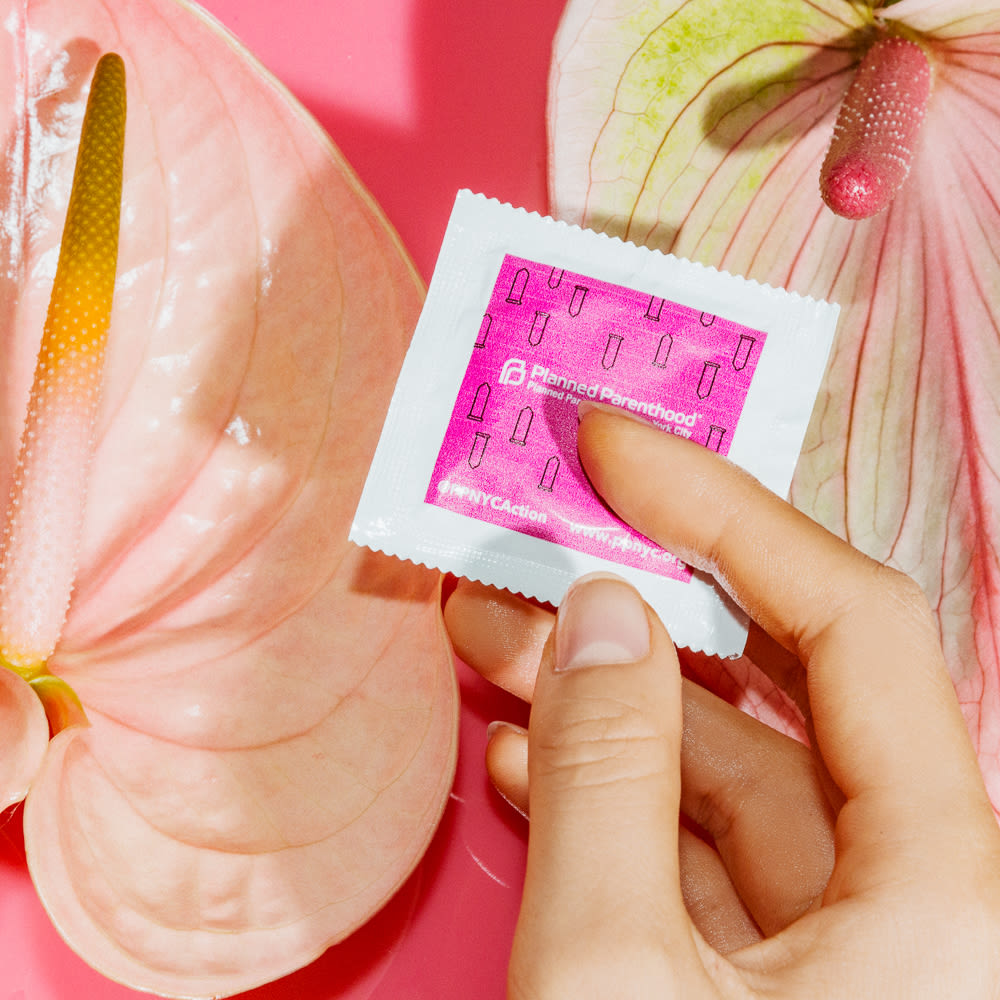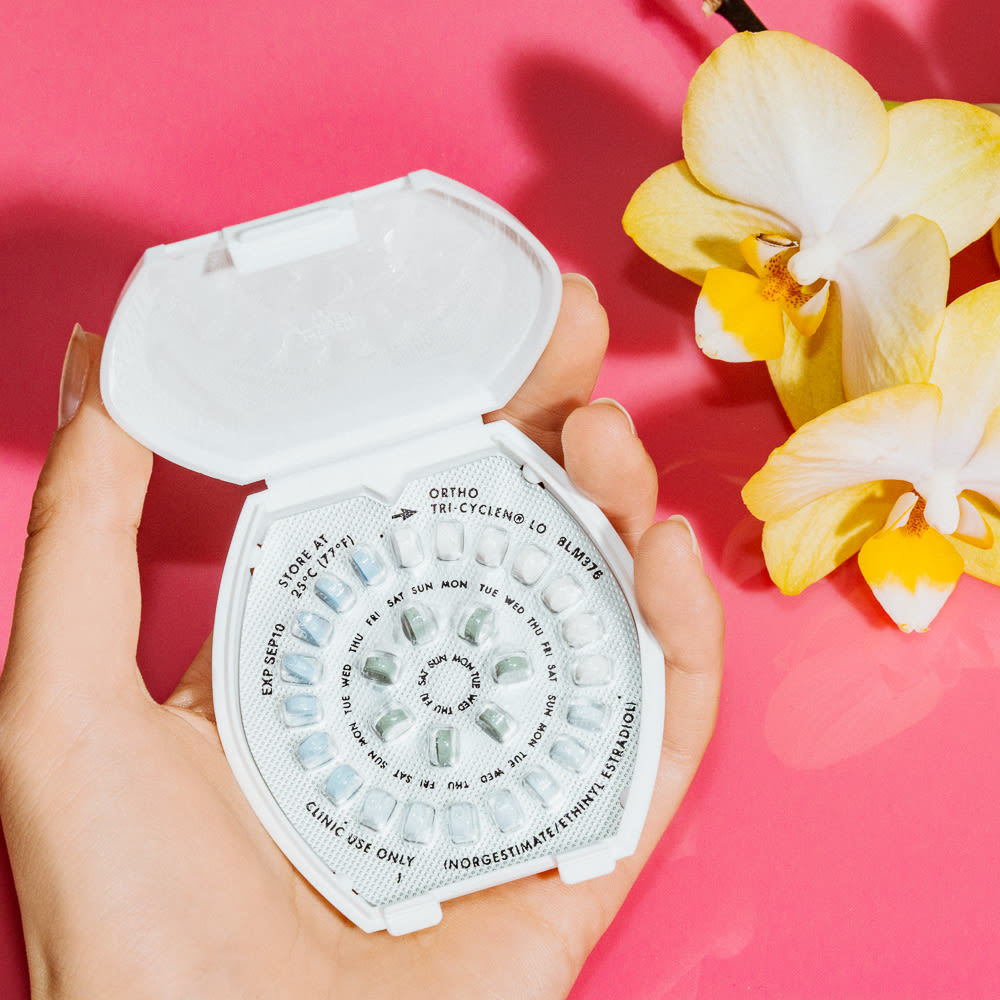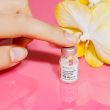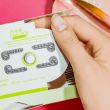First things first, some good news about birth control: it’s never been more effective than it is right now. Seriously, according to this Guttmacher Institute report, failure rates for reversible birth control methods are down by nearly 5% since 2002. Which means women are planning their pregnancies more effectively than ever before—a big win for everyone.
But, of course, there’s frustrating news too. Elected officials at the state and federal level are working to reduce funding for Planned Parenthood and contraceptive coverage for all. Birth control means a lot of things to a lot of people, but no matter what, it should always be affordable and accessible for those who want it. For now it still is—so we collaborated with Planned Parenthood of New York City and Lenny Letter to show you what’s available, what it looks like, and how it work for real women. Part I of the story is below; check Lenny Letter tomorrow for even more. It’s your body—know what your options are.
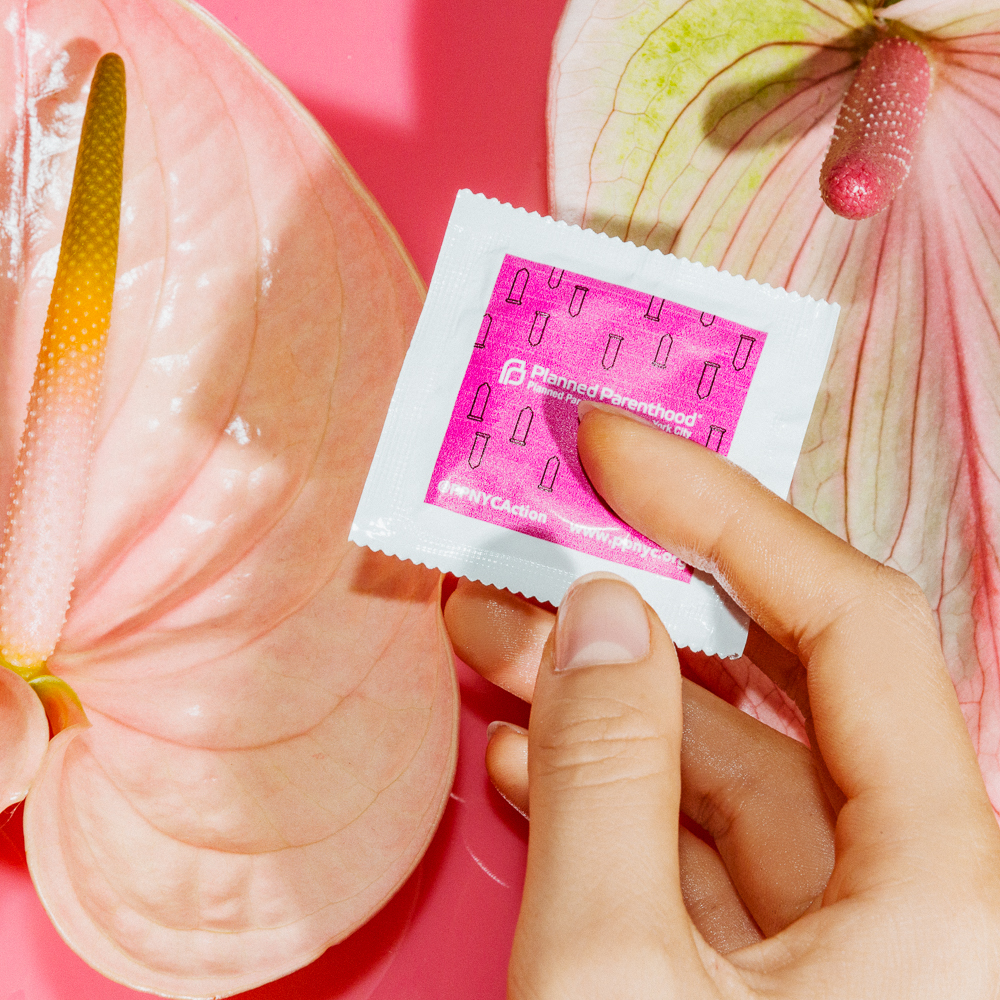
External Condoms
Price: About $1 each, sometimes available for free
Effectiveness: 82-98%
What it is: A thin covering worn on the penis during sex to prevent pregnancy. Many are made out of latex, though there are also latex-free options. They are also often available with spermicides.
How it works: By preventing skin-to-skin contact and the spread of bodily fluids, condoms reliably reduce the risk of pregnancy and transmission of human papillomavirus, HIV, chlamydia, gonorrhea, and herpes. They are the only form of birth control that prevents STIs.
A note on efficacy: If you use condoms perfectly every single time you have sex, they're 98% effective at preventing pregnancy. But people aren't perfect, so in real life condoms are about 82% effective—that means about 18 out of 100 people who use condoms as their only birth control method will get pregnant each year.
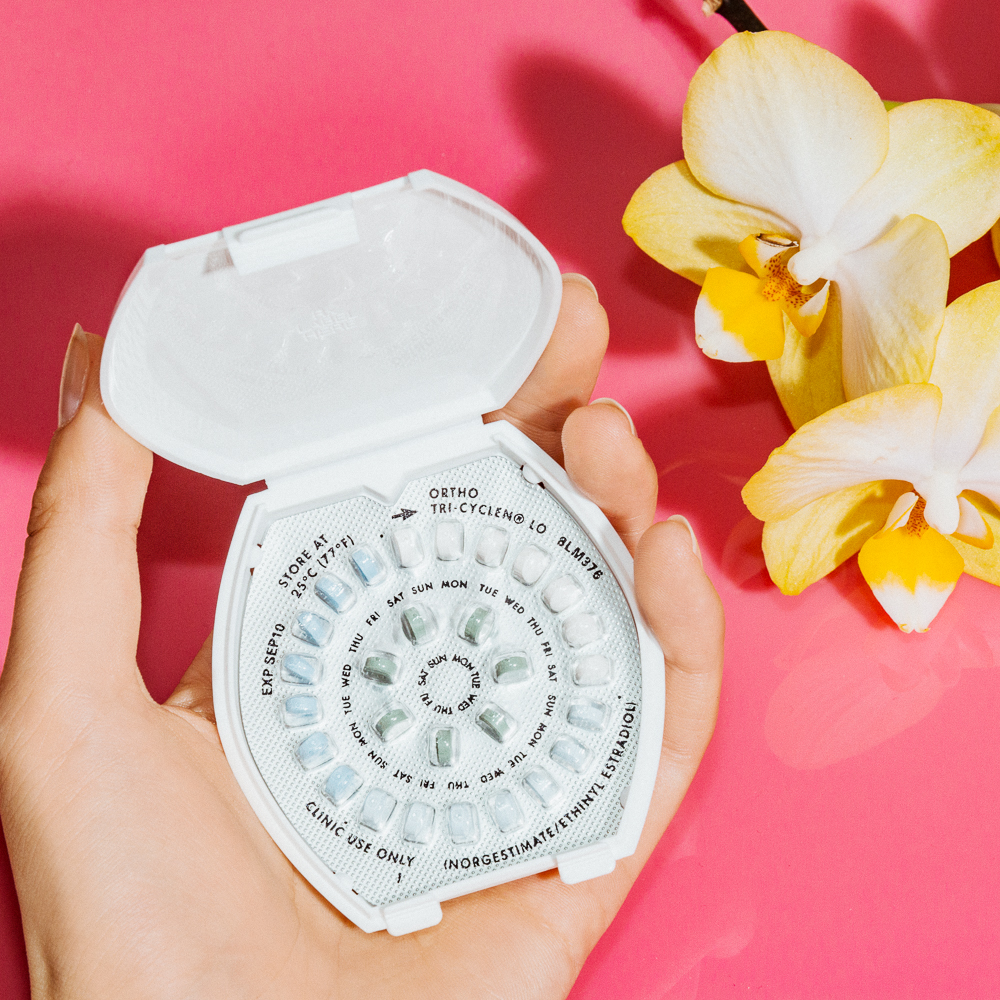
The Pill
Price: about $0–$50 per month
Effectiveness: 91-99%
What it is: A daily pill with varying levels of hormones to prevent pregnancy.
How it works: While the pill prevents pregnancies through several mechanisms, the most common method is by stopping ovulation. Most pills contain synthetic forms of estrogen and progestin to stop an egg from being released each month. If no egg is released, no egg can be fertilized by sperm.
A note on efficacy: When used perfectly (taken every day at the same time of day), the pill is 99% effective. But realistically, it’s closer to 91% effective. That means about 9 out of 100 pill users get pregnant per year. The best way to remember to take the pill? Set an alarm (very obvious) or associate it with another habitual activity that you do at the same time every day, like brushing your teeth or waking up. Planned Parenthood also suggests bringing them with you in your bag—that way you’re never left without a pill to take if you’re out and about.
Other benefits: The pill can reduce menstrual cramps, lighten periods, prevent acne, and lower your risk of ectopic pregnancy, among other things. These vary from person to person, so it's best to consult your doctor first.
What it doesn’t do: The pill does not protect against STIs.
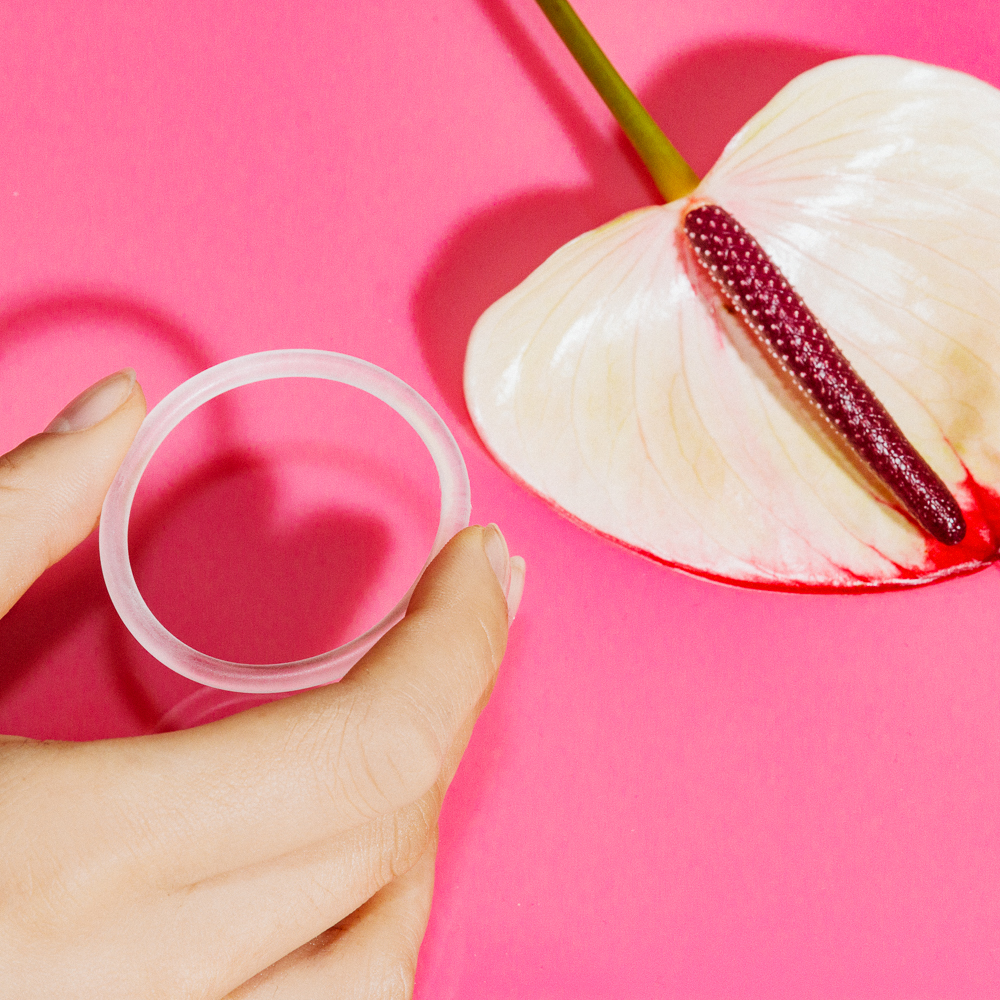
The NuvaRing
Price: about $0–$80 per month
Effectiveness: 91-99%
What it is: A small and flexible piece of plastic that a person inserts into their vagina once a month to prevent pregnancy.
How it works: The NuvaRing releases the same hormones as the birth control pill—estrogen and progestin. The hormones in the ring work by keeping eggs from leaving the ovaries and thickening the cervical mucus so serum cannot get to the eggs.
What it doesn’t do: The vaginal ring doesn’t protect against STIs.

The IUD
Price: about $0-$1,000 up front, but lasts up to 12 years
Effectiveness: >99%
What it is: A tiny t-shaped device inserted in your uterus that can prevent pregnancy for up to 12 years. It’s impossible to “forget to take”—you can get it inserted (takes five minutes at your doctor’s office) and forget about it until it expires (set a calendar reminder for that). It can be removed whenever you decide it’s time to move on. You can get pregnant immediately after it’s taken out.
How it works: There are two types of IUDs—copper and hormonal—and they work slightly differently. The ParaGard IUD uses copper to prevent pregnancy. Sperm don't like copper, so the ParaGard IUD makes it almost impossible for sperm to get to the egg. Hormonal IUDs thicken the cervical mucus and stop eggs from leaving your ovaries so there's no egg for a sperm to fertilize.
Other benefits: The ParaGard IUD prevents pregnancy 99% of the time when you get it within five days of unprotected sex. This can be used as an alternative to the morning after pill.
What it doesn’t do: The IUD does not protect against STIs.
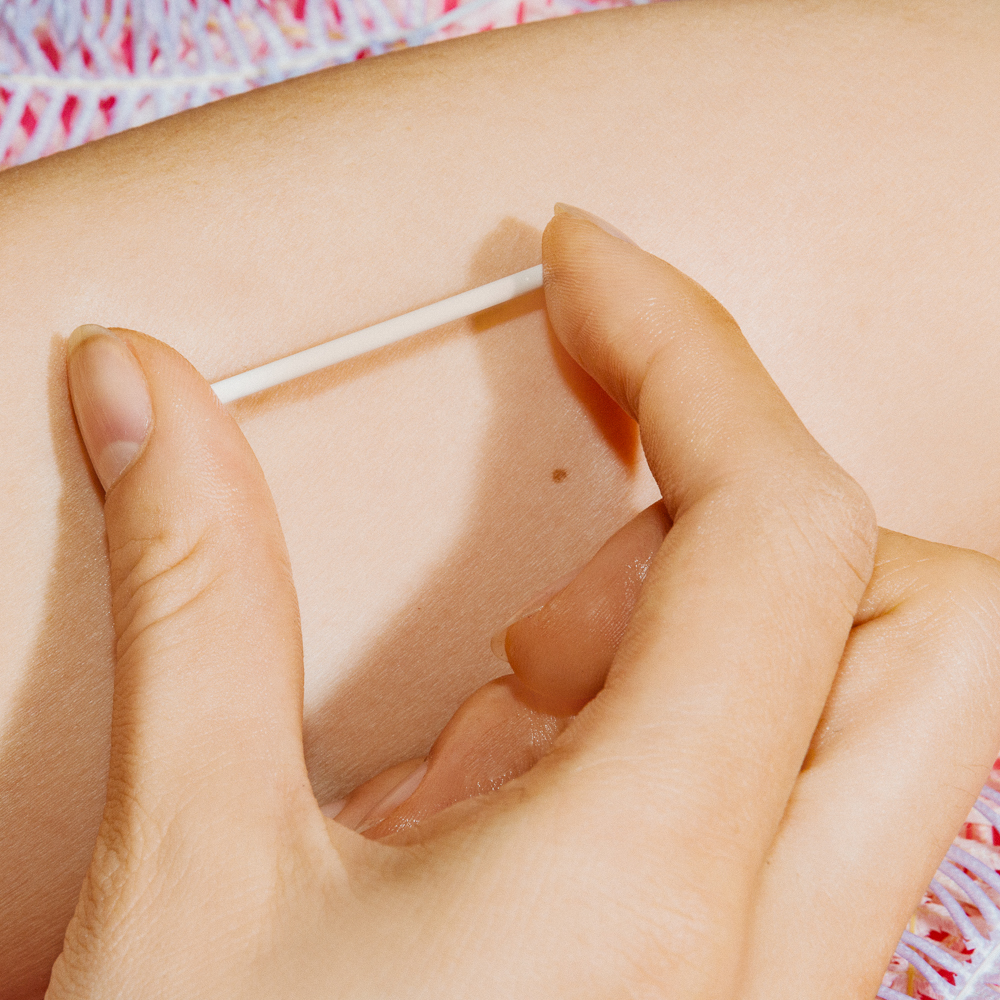
The Birth Control Implant
Price: about $0-$800 up front, but lasts up to four years
Effectiveness: >99%
What it is: A tiny, thin rod about the size of a matchstick, inserted in your arm that releases hormones into your body that prevent you from getting pregnant for up to four years. Similar to the IUD, you can get it and forget about it until it expires.
How it works: The hormones in the birth control implant thickens the mucus on your cervix and can also stop eggs from leaving your ovaries.
What it doesn’t do: The implant does not protect against STIs.
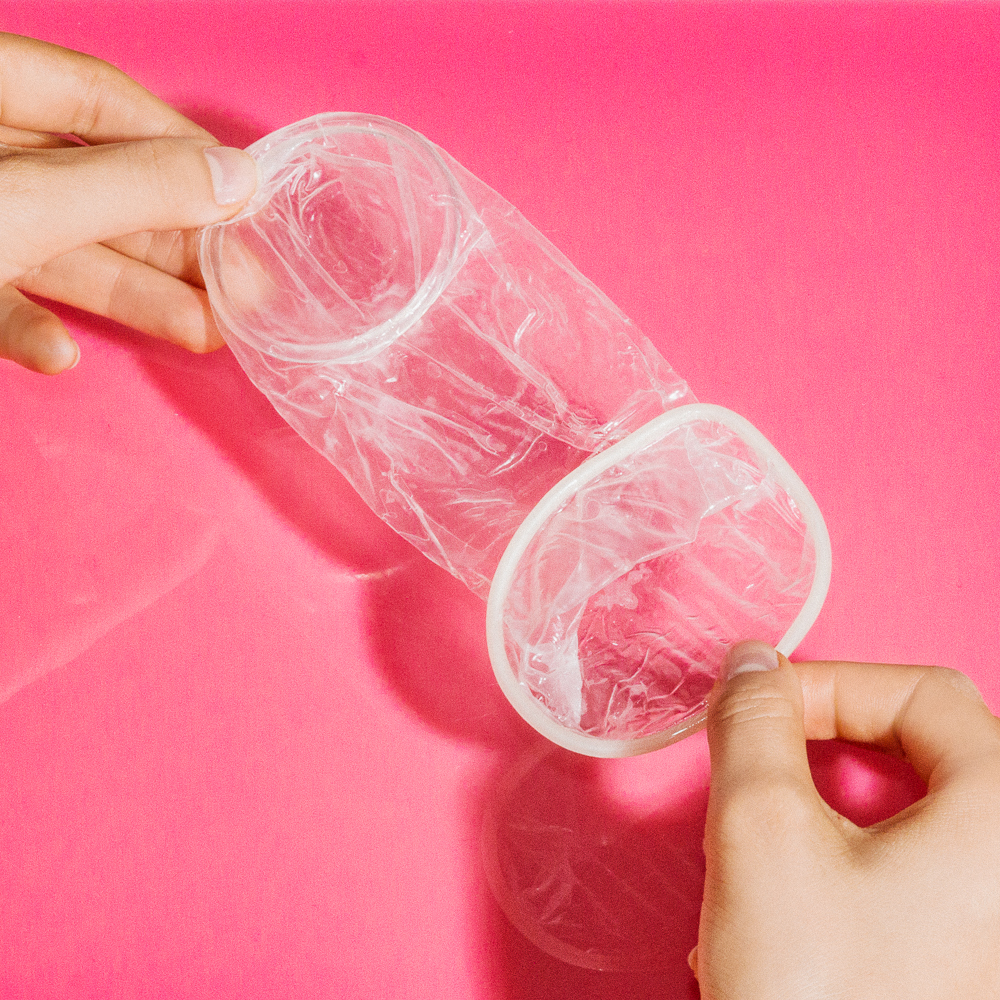
Internal Condoms
Price: about $4 each or about $6 for a 3-pack
Effectiveness: 79-95%
What it is: Instead of going on the penis, an internal condom is a physical barrier that goes inside the vagina or anus.
How it works: By preventing skin-to-skin contact and the spread of bodily fluids, condoms reliably reduce the risk of pregnancy and transmission of human papillomavirus, HIV, chlamydia, gonorrhea, and herpes. Just like external condoms, this form of birth control prevents STIs.
A note on efficacy: If you use them perfectly every single time you have sex, internal condom effectiveness is 95%. But people aren't perfect, so in real life they're about 79% effective—that means about 21 out of 100 people who use female condoms as their main method of birth control will get pregnant each year.
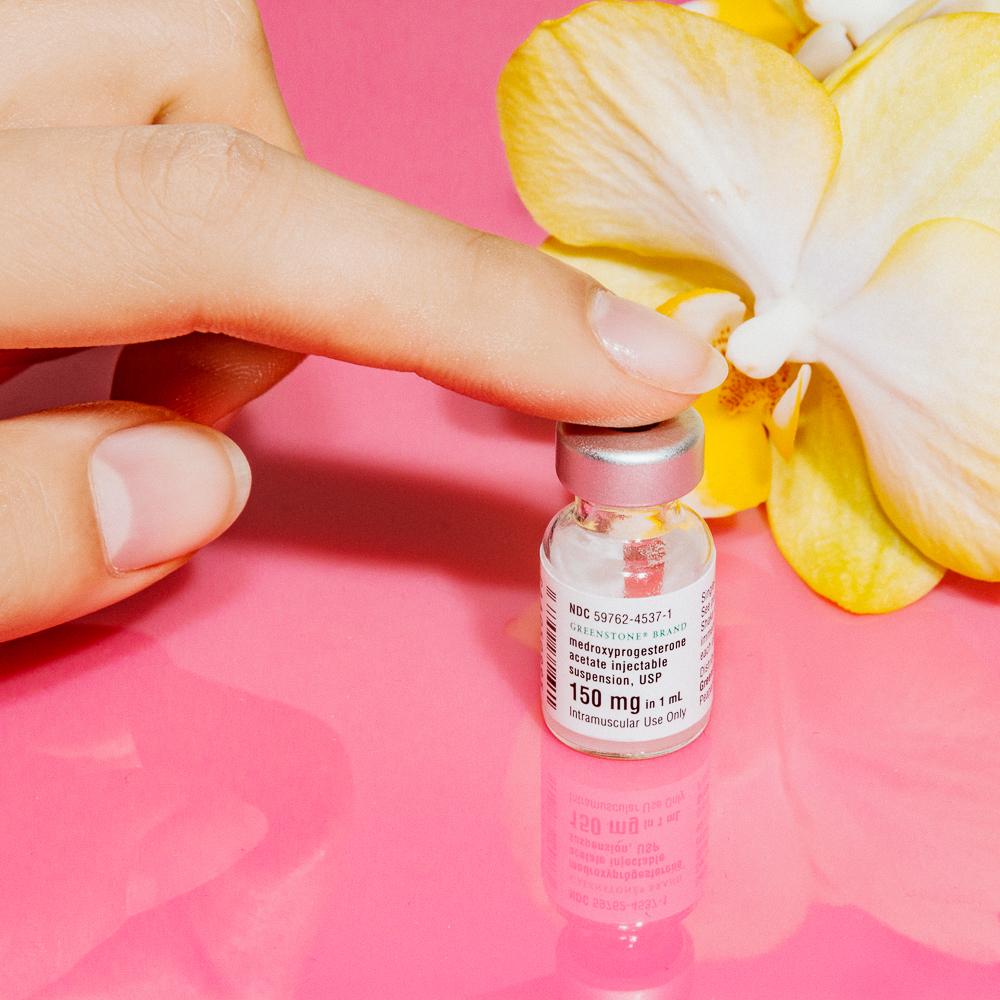
The Birth Control Shot
Price: about $0–$100 per injection
Effectiveness: 94-99%
What it is: An injection you get from a nurse or doctor once every three months.
How it works: The injection contains the hormone progestin, which thickens the cervical mucus and prevents ovulation.
A note on efficacy: You have to remember to get a new shot every 12-13 weeks (around four per year). With perfect timing, the shot is 99% effective. Factoring human error, it’s more realistically 94% effective—so about six out of every 100 shot users will get pregnant each year.
What it doesn’t do: The shot does not protect against STIs.
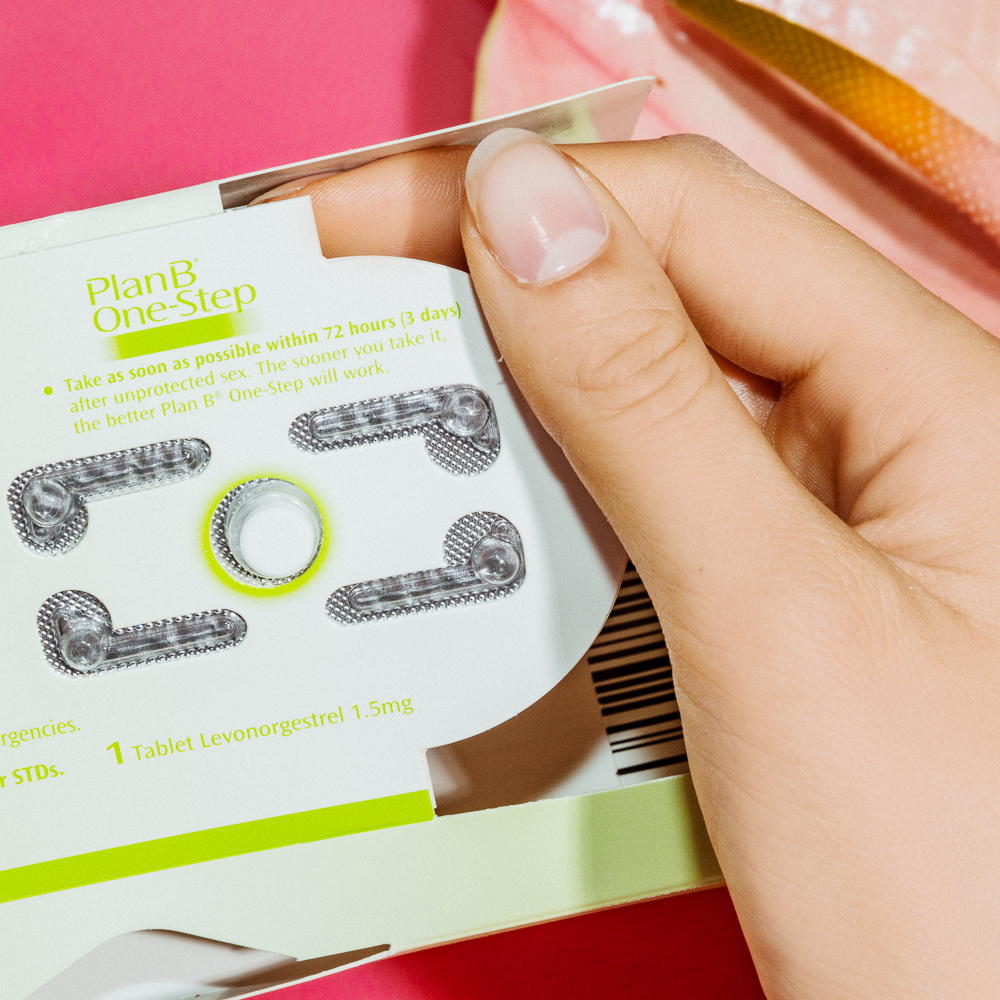
The Morning After Pill
Price: about $25-$65
Effectiveness: 75-89%
What it is: An emergency contraceptive pill that you take up to five days after unprotected sex.
How it works: There are two types of morning-after pills: a prescription pill with a progesterone agonist/antagonist that delays ovulation; or an over-the-counter pill with levonorgestrel (commonly known as Plan B) that prevents ovulation, fertilization, and implantation. General consensus says that they sooner you take them, the better they work.
A note on efficacy: If you use emergency contraception correctly after you have unprotected sex, it makes it much less likely that you’ll get pregnant. However, it is not an alternative to other non-emergency contraception and should not be used as such. The morning after pill also cannot end a pregnancy that has already occurred.
What it doesn’t do: The morning after pill does not protect against STIs.

The Diaphragm
Price: about $0–$75
Effectiveness: 88-94%
What is is: A shallow, dome-shaped silicone cup with a flexible rim that’s inserted into the vagina and covers the cervix.
How it works: Diaphragms prevent pregnancy by obstructing sperm from fertilizing an egg. In order to be as effective as possible, it should be used in conjunction with spermicide cream, gel, or jelly (which stops sperm from moving).
A note on efficacy: While a diaphragm can be up to 94% effective, when not used as directed, it’s closer to 88%.
What it doesn’t do: The diaphragm does not protect against STIs.
The Patch
Price: about $0-$80 per month
Effectiveness: 99%
What it is: a thin, beige, plastic patch that sticks to the skin.
How it works: The birth control patch releases the same hormones as in the birth control pill, estrogen and progestin, that thicken the cervical mucus and prevent ovulation.
A note on efficacy: If used incorrectly, the effectiveness of the patch goes down to about 91%. The patch can also be less effective for women who are overweight or for women taking other medicines and supplements.
What it doesn’t do: The patch does not protect against STIs.
Photographed by Tom Newton.
